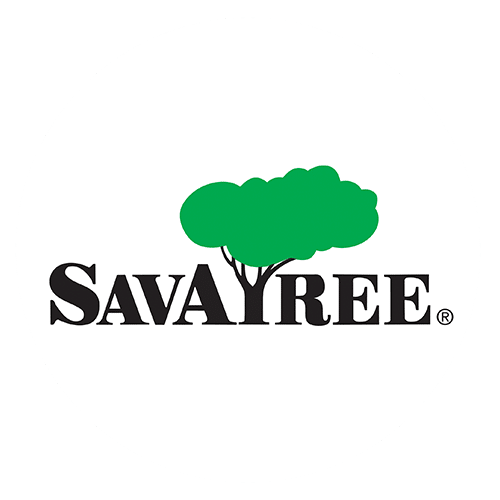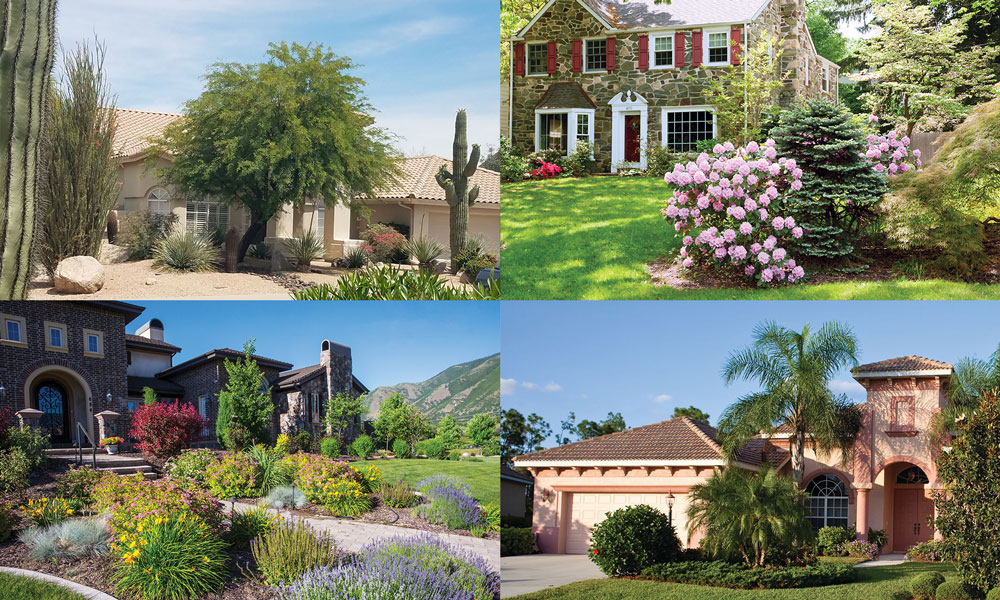It’s Not Easy Going Green: Obstacles to Tree- Planting Programs in East Baltimore
Our paper “It’s Not Easy Going Green: Obstacles to Tree- Planting Programs in East Baltimore” has just been published in the journal Cities and the Environment (CATE). In 2006, government officials in Baltimore announced plans to double the city’s tree canopy over the next thirty years. While the effort has already produced positive results, many…





